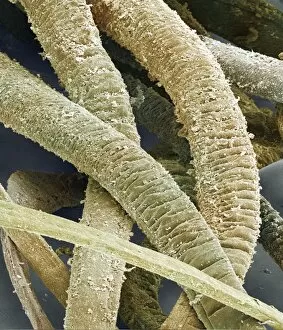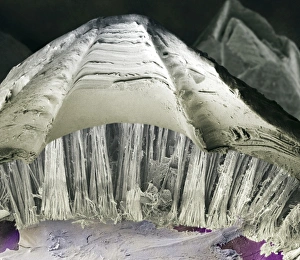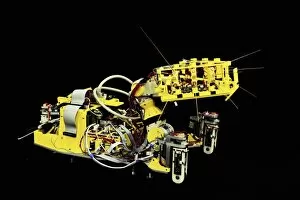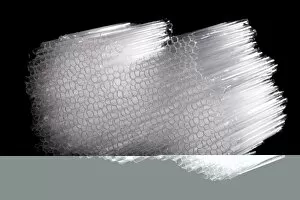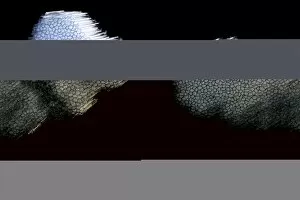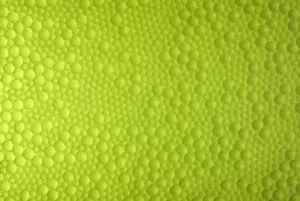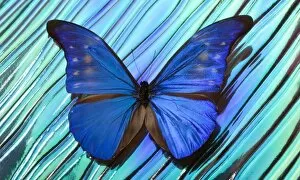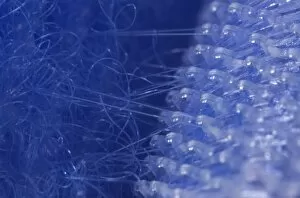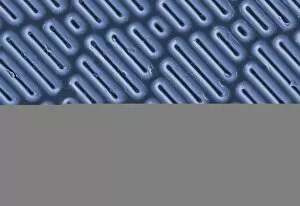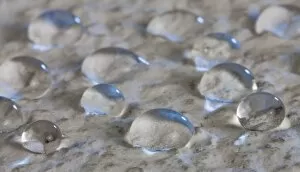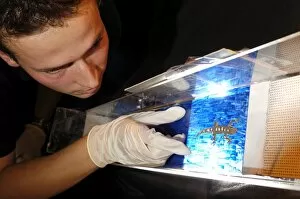Biomimetics Collection
"Biomimetics: Unlocking Nature's Secrets for Innovative Solutions" Nature has always been a source of inspiration for human innovation, and biomimetics is no exception
All Professionally Made to Order for Quick Shipping
"Biomimetics: Unlocking Nature's Secrets for Innovative Solutions" Nature has always been a source of inspiration for human innovation, and biomimetics is no exception. Through the study of biological systems, scientists have discovered incredible adaptations that can be replicated to solve complex challenges in various fields. One fascinating example lies within the mussel glue threads, which possess remarkable adhesive properties. By examining these threads under a scanning electron microscope (SEM), researchers have gained insights into their structure and composition, paving the way for developing advanced adhesives with exceptional strength and durability. Similarly, barnacle glue has captivated scientists who have used SEM to unravel its secrets. Understanding how these tiny organisms attach themselves so firmly to surfaces could lead to breakthroughs in creating powerful yet reversible adhesives for various applications. In the realm of robotics, it has given birth to impressive creations like SCRATCHbot - a touch-sensitive robot inspired by geckos' ability to cling effortlessly onto walls. This innovative technology opens doors for robots capable of navigating challenging terrains or assisting in search and rescue missions. Another area where biomimetics shines is material science. The imitation honeycomb fillings labeled C014 / 0293, C014 / 0294, C014 / 0291, C014 / 0292, and C014 / 0290 mimic nature's efficient design found in bee hives. These structures offer lightweight yet robust solutions applicable in industries ranging from aerospace engineering to construction. Furthermore, imitation skin labeled as C014 / 0286 showcases advancements made through biomimetic research. By replicating the texture and elasticity of natural skin using synthetic materials, scientists are making significant strides towards creating prosthetics that closely resemble real human tissue. The mesmerizing iridescence observed on objects labeled as C014 / 0284 demonstrates how studying nature's color-changing mechanisms can inspire innovations in optics and display technologies.

